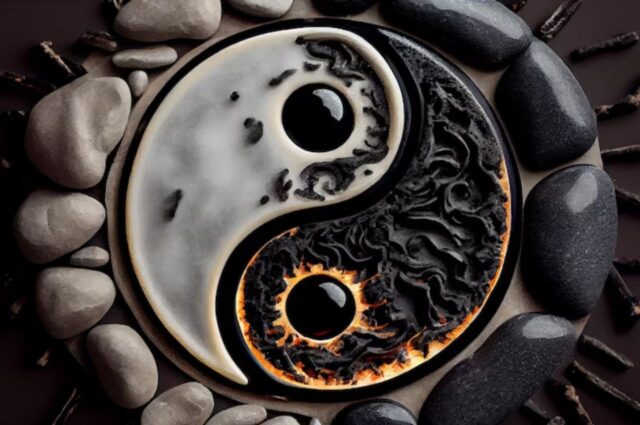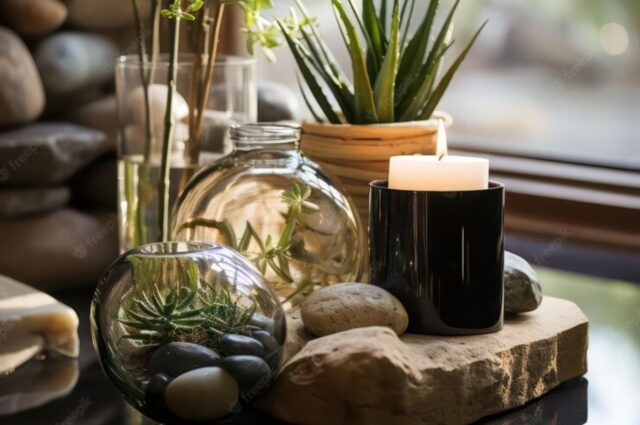In the world of interior design, the marriage of aesthetics and energy flow is a captivating endeavor that resonates deeply with Indian homes and flats. Integrating feng shui principles into interior design concepts holds the key to creating harmonious and balanced living spaces. Whether you’re seeking the expertise of interior designers or exploring themes like restaurant interior design and design cafe concepts, this article unveils the symbiotic relationship between interior design and feng shui, particularly in the context of house interior and living room design.
Understanding Feng Shui
Feng shui is an ancient Chinese practice that emphasizes the flow of energy (chi) within a space. It seeks to create spaces where energy moves freely, fostering balance, harmony, and positivity.

Balancing Energy with Layout
Incorporate feng shui principles when planning the layout of a room. The arrangement of furniture should facilitate a natural flow of energy, allowing occupants to move freely without obstruction.
Colors and Elements
Select colors and design elements that align with feng shui principles. Earthy tones, wooden accents, and natural materials resonate with earth elements, fostering stability and grounding.
Placement of Furniture
Position furniture in a way that promotes balance and harmony. For instance, the placement of the bed or sofa against a solid wall is believed to enhance support and security.

Light and Air
Maximize natural light and ventilation. Adequate light and fresh air contribute to positive energy flow, creating a vibrant and inviting ambiance in both house interior and living room design.
Clutter-Free Zones
Feng shui emphasizes the importance of clutter-free spaces. A clutter-free environment not only enhances the visual appeal but also allows energy to circulate freely.
Incorporating Natural Elements
Integrate natural elements like indoor plants and water features. These elements enhance the flow of positive energy and create a connection with nature.

Energy Maps
Utilize feng shui energy maps, such as the Bagua, to identify areas associated with different aspects of life. By enhancing these areas, you can align your interior design with your personal goals and aspirations.
Restaurant Interior Design and Design Cafe Concepts
Restaurants and cafes can also benefit from feng shui principles. Designing spaces that promote a balanced energy flow can enhance the dining experience, creating an inviting atmosphere for patrons.
Consult Interior Designers for Integration
Collaborate with interior designers who are well-versed in feng shui principles. Their expertise can ensure a seamless integration of feng shui into your design concept, whether it’s for Indian homes and flats, or even for a restaurant interior design or a design cafe setting.
Conclusion
The amalgamation of interior design and feng shui creates a powerful synergy that elevates the atmosphere of Indian homes and flats. By understanding feng shui, balancing energy with layout, incorporating suitable colors and elements, optimizing furniture placement, prioritizing light and air, maintaining clutter-free zones, infusing natural elements, utilizing energy maps, exploring restaurant interior design, and seeking the guidance of interior designers, you can craft spaces that radiate positive energy and inspire holistic well-being. Whether you’re curating a serene house interior or a vibrant living room design, the fusion of interior design and feng shui offers a transformative journey towards harmony and balance.
